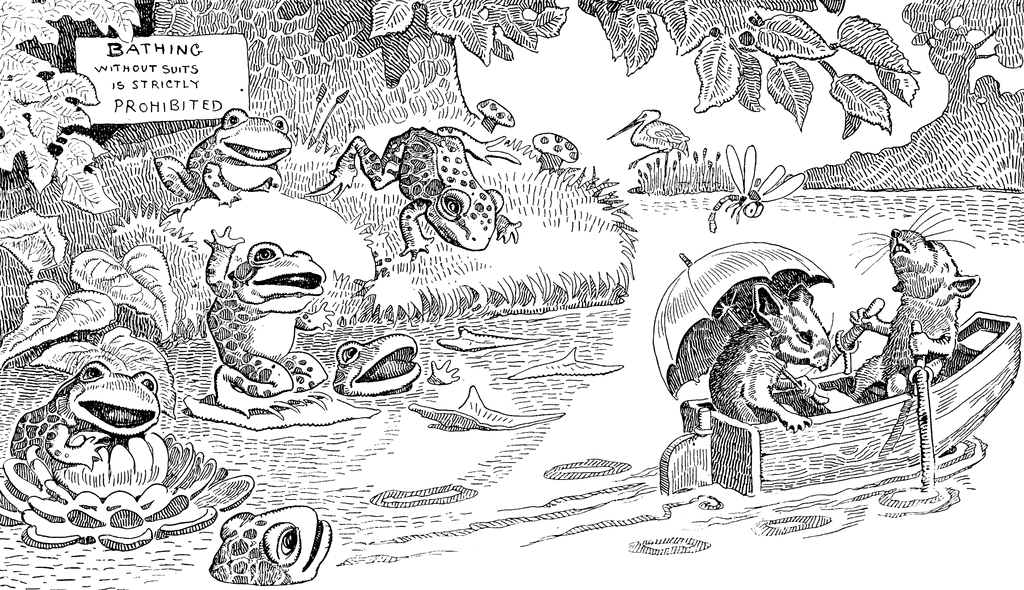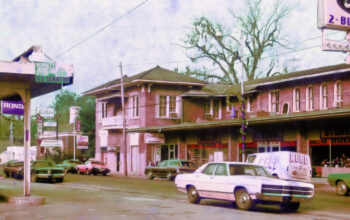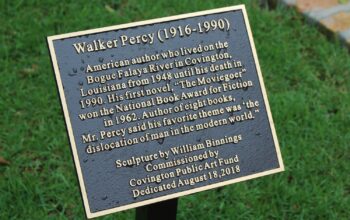The following is more history of law enforcement and civil service for the City of Covington, provided by Chief Tim Lentz of the Covington Police Department.
A city Hog pound opened in 1817, hogs running free in town were captured by the tax collector and impounded. The city then advertised the hog, or posted a description of the hog, for three days after impoundment. If the owner appeared, he or she paid a fine of $1.00 plus the cost of feed to reclaim the hog. If no owner appeared, the hog was auctioned, and the funds collected were deposited by the city. This pound was discontinued two years later in 1819. The pound was reinstated in 1822, then discontinued again in 1828. Despite impassioned pleas from many town residents to the city council, stock animals were given free run of the town until 1875. This included goats and cows, as well as hogs.
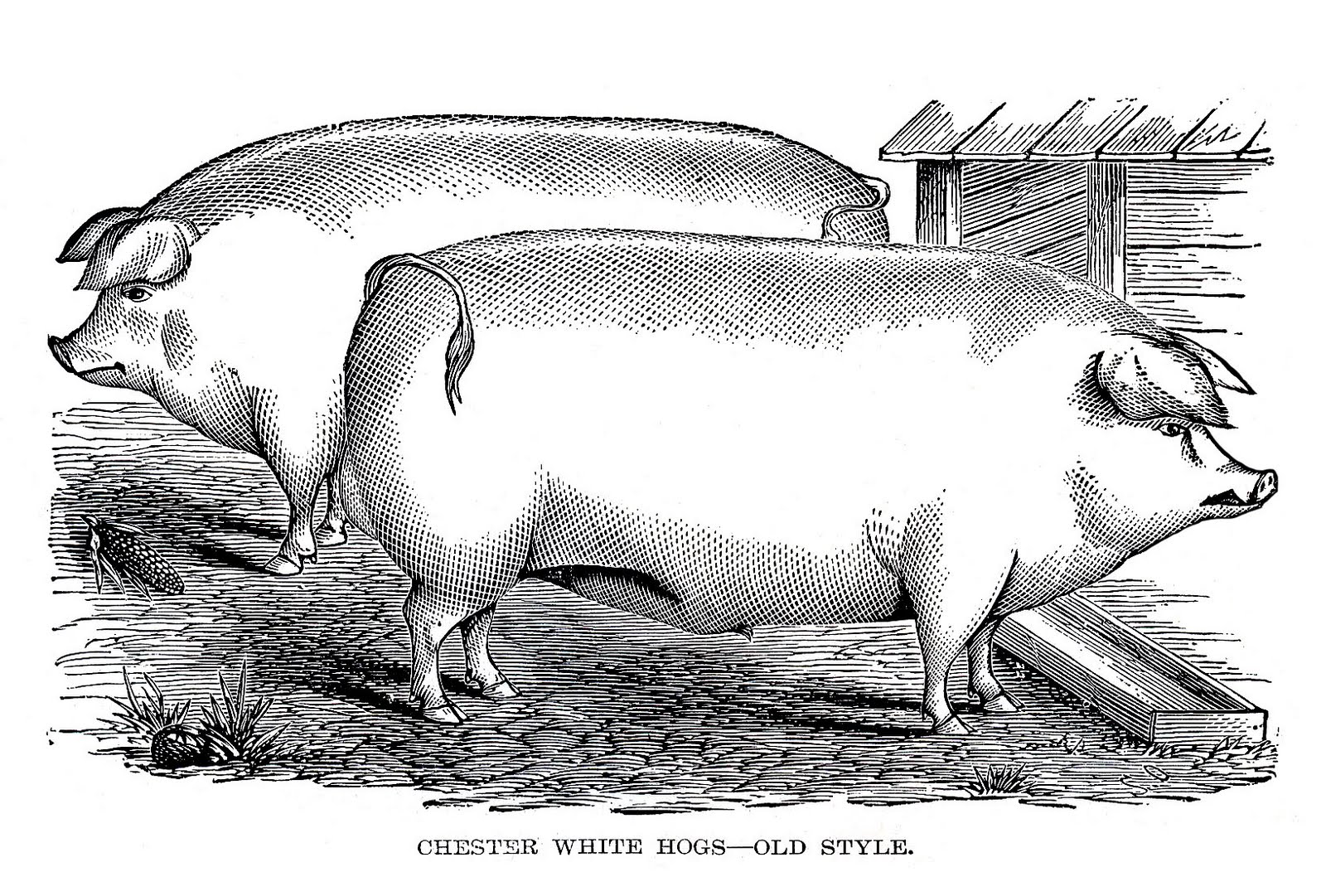
In 1817, bathing, or laundering clothing (defined as improper use) was forbidden in the town spring, since it was the main source of drinking water.
In 1819, property owners were required to dig and maintain drainage ditches along the streets adjacent to their property. They were also required to maintain the street in front of their property, such as filling holes, grading, and building up sunken places due to subsidence. This seems to have been strictly enforced by the road commissioner, an office created in 1830. If the property owners failed to comply, they were served a summoned to town court and were fined and forced to comply.
Also in 1819, the first fire prevention act was passed. Buckets of sand were to be conspicuously hung in all public places. Only brick chimneys were allowed in the town. Owners of buildings whose chimneys were not in compliance were fined $50 and the chimneys ordered replaced. In 1820, it became unlawful to discharge a firearm within the city limits.
In 1888, it became illegal to throw a ball on Columbia Street, or within a block of Columbia Street.
In 1899, for health reasons, the town amended its charter and assumed the rights to regulate stockyards, animal pens and slaughterhouses.
Progress came to town in 1899, when a telephone and telegraph line was run to Covington. Two years later, in 1901, the first electric lights were contracted to be installed in Covington.
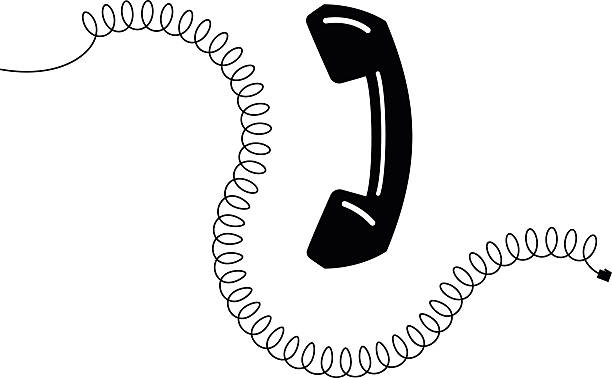
In 1904, the city bargained with the St. Tammany Water and Ice Company, Ltd., and acquired the right to tap into the company’s waterworks system (then under construction) free of charge for the purpose of firefighting.
In 1905, all cesspools, privies, yards and lots were ordered to be kept sanitary by the property owners. They were to be disinfected every seven days, and all standing water must be drained off at least once a week or covered with coal-oil.
This was a mosquito abatement measure, as well as a general sanitation and disease fighting measure. Citizens were forbidden to drain their cesspools into public streets, gutters, or ditches.
On the subject of early traffic control, a top speed of 10 miles per hour was set as the maximum for horse drawn vehicles and motorized vehicles within the town in 1908. Trains could go no faster than 6 miles per hour in the town. Buggies and automobiles were not to be parked, or left standing in the street in front of the train station on Gibson Street, the traffic was required to keep moving.
The hub of commercial activity shifted from the river wharves to the train station. The old commercial sites on the river began new roles as the location for camps and recreation areas.
In 1908, citizens were forbidden to bathe (swim) nude in public, or in public waterways. The two town marshals were given a raise, and the office of mayor started to receive a salary for the first time in the town’s history.
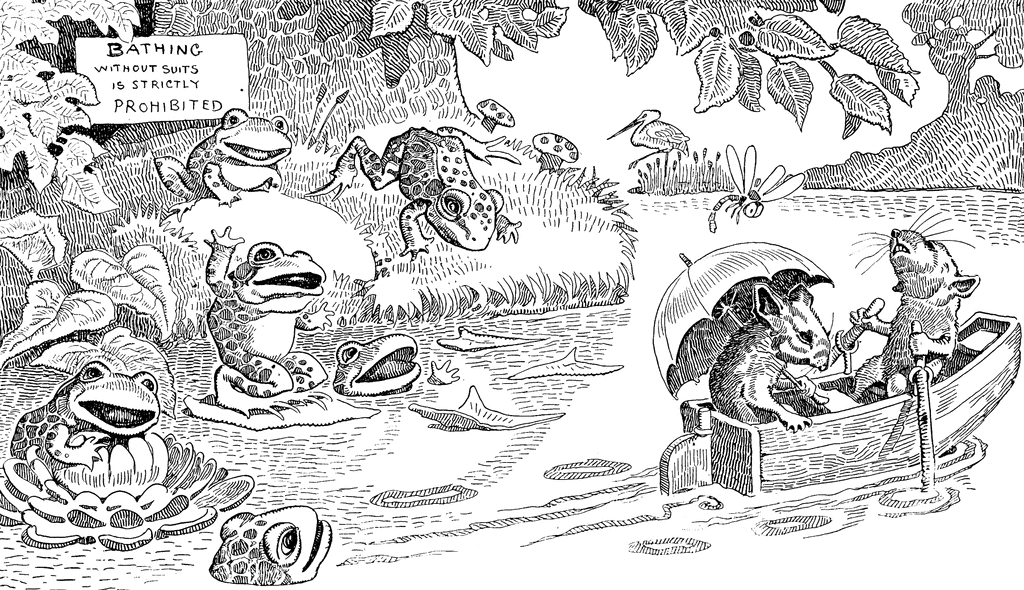
In 1937, citizens complained about the herds of cattle who invaded the town at night. Owners of the roaming cattle were to be advised that the cattle would be captured and impounded. A fine would have to be paid to reclaim them.
Also in 1937, the city authorized hiring a dog catcher to capture and impound all dogs running free without a dog license. The dog catcher was hired on a commission basis. He was to receive fifty cents for each dog caught.
In 1938, when town streets began to be paved, the property owners were still required to maintain the drainage ditches at their own expense. In addition, they had to pay for the paving of streets that bordered their property. The city purchased $500 worth of sand and gravel to contribute to the municipal paving project.
1938 was also the year the town council specifically required property owners to mow and cut the grass on their property. Grass was also to be trimmed/edged on sidewalks, ditches and street easements.
Thanks to CPD Chief Tim Lentz for the contribution.

